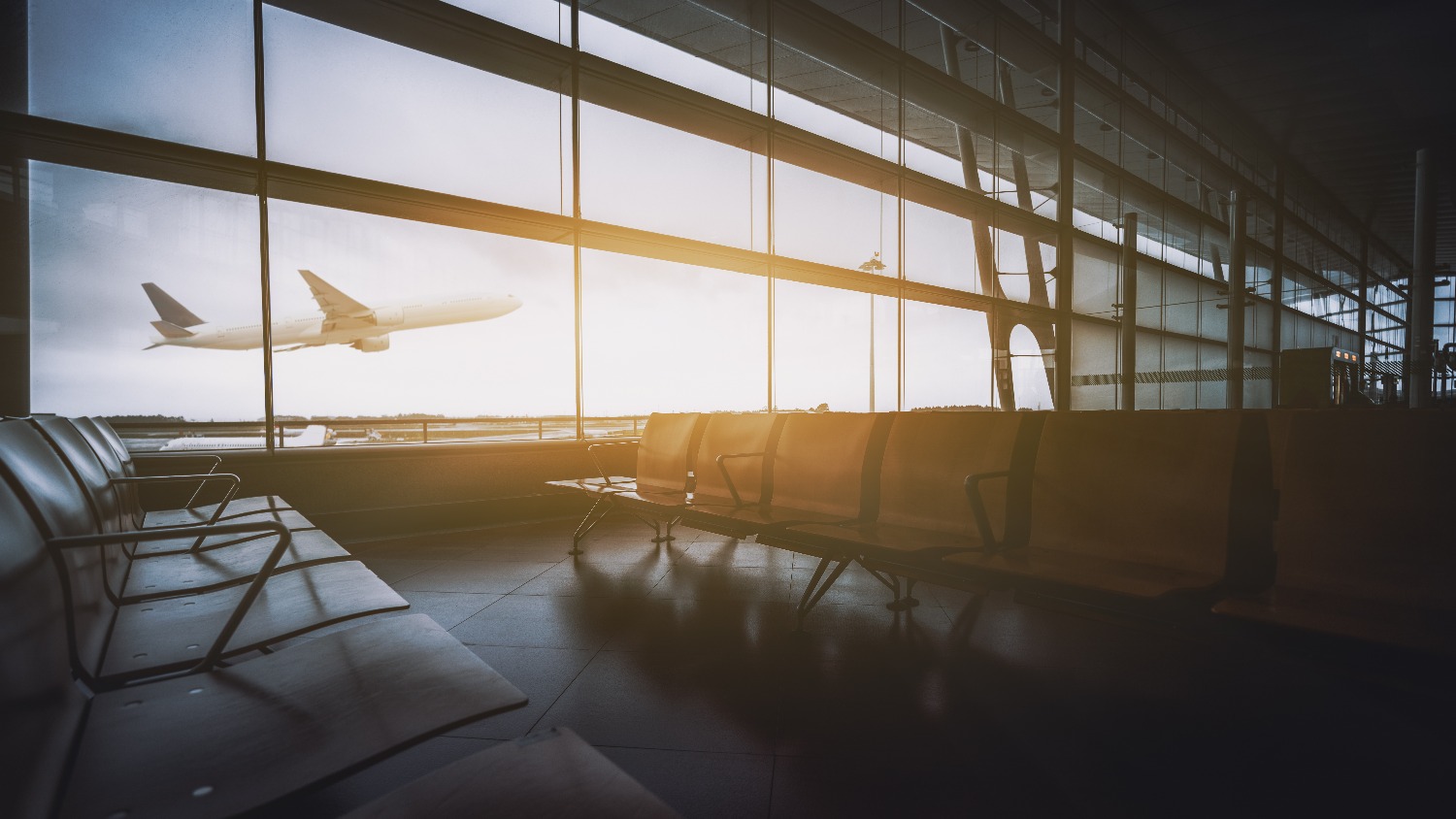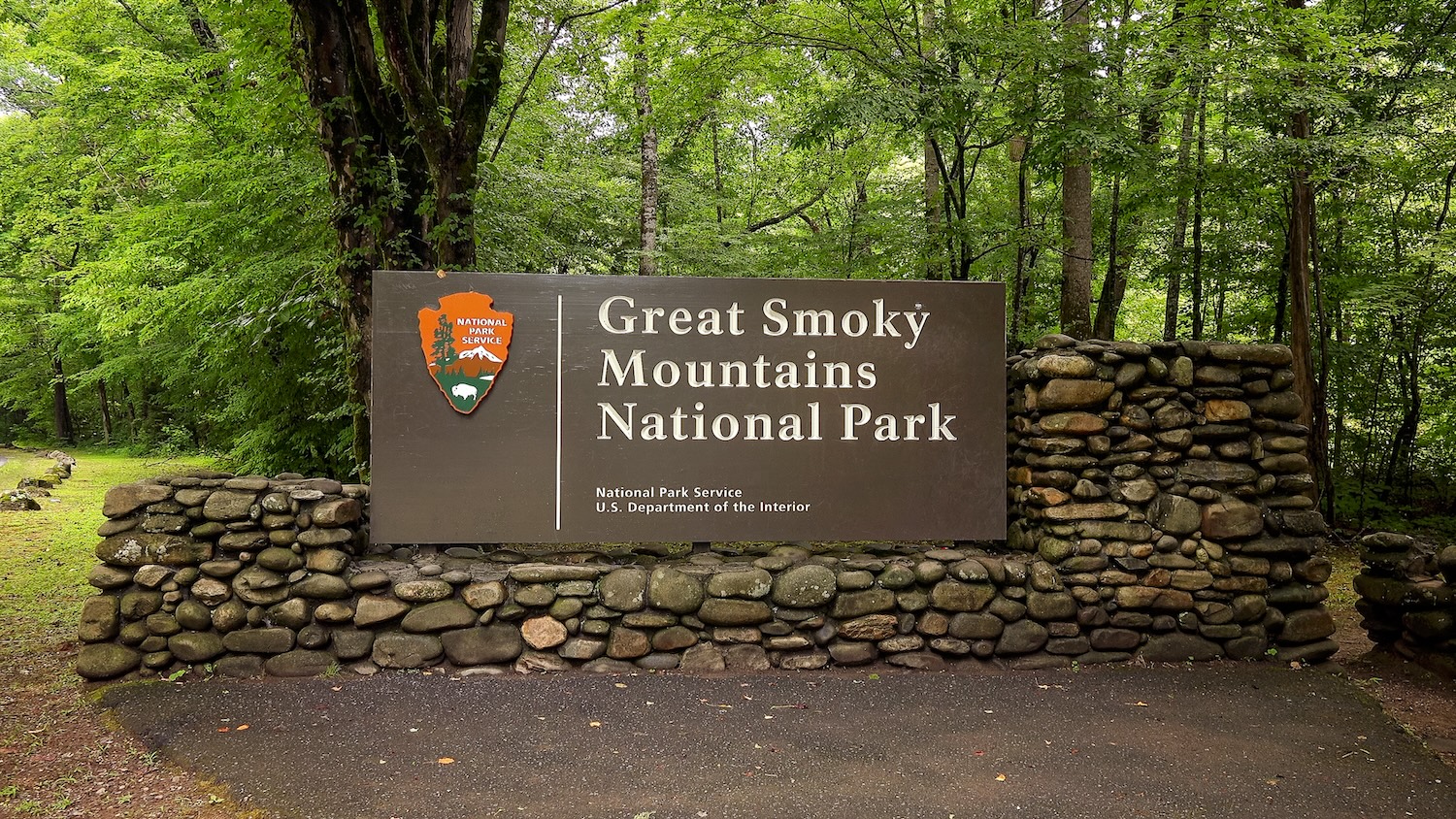Conventional wisdom tells us that it’s good for kids to play outside, but many kids lack easy access to green outdoor spaces. A diverse group of researchers from across the country are proposing a broad research initiative aimed at better understanding the role that “green schoolyards” could play in connecting children to the natural world – a role that may be particularly important in the context of crises such as the COVID-19 pandemic.
The proposal, “A national research agenda supporting green schoolyard development and equitable access to nature,*” is published in the journal Elementa: Science of the Anthropocene. To learn more about green schoolyards, and what’s driving this push for new research, we spoke to Kathryn Stevenson – lead author of the proposed research agenda and an assistant professor in NC State’s College of Natural Resources.
The Abstract: What exactly are you referring to when you talk about green schoolyards?
Kathryn Stevenson: We mean school grounds that have fairly significant natural elements – schools with nature included. Traditionally, school grounds are dominated by things like lawns, playground equipment, sports fields and parking lots. A schoolyard is a green schoolyard when it includes natural elements. These might include flower, vegetable or rain gardens; bird feeders or other habitat for wildlife; trails, trees or wooded areas, or open grassy fields; outdoor classrooms; nature play areas; or really any other natural elements that people can interact with. Another important aspect is that successful green schoolyards are designed by and used by the school community, including students, teachers, parents, and community members.
TA: Why are green schoolyards important?
Stevenson: There is growing evidence that contact with nature has myriad benefits. Being outside in natural settings is associated with lower blood pressure, lower stress, better moods, increased attention, and other cognitive, emotional, social and physical health benefits. This is true for children and adults alike. For children, these benefits – like lower stress and increased attention – can also lead to better social cohesion, improved cognitive development, and even higher test scores. Natural areas are rich places to learn, and they promote physiological and psychological conditions that also promote learning. Because kids (and teachers and staff!) spend a significant amount of time at school, providing nature at schools is a great way to make sure children are accessing the benefits that nature provides.
Also, we know that access to nature is not equitable. Beyond the fact that urban areas have fewer natural spaces than rural areas, many studies have documented that measures of nature like tree cover or park presences are typically concentrated in wealthier and white neighborhoods, meaning communities of people with lower incomes or belonging to minority racial or ethnic groups on average have less immediate access to nature. Because everyone goes to school, providing school grounds that are rich in nature is one strategy to mitigate this inequitable access to nature for children. These school grounds can benefit teachers, students and staff during school hours, as well as communities through shared access after school hours.
Lastly, as we all begin to imagine how school will look in the time of COVID-19, we think green schoolyards may be particularly important. Not only is there even more evidence emerging about how nature is important in times of stress, like in a global pandemic, it is also a safe place to be, as it better allows for physical distancing in a rich learning environment.
This latter bit is important – having students learn outside does not mean sacrificing academics. On the contrary, outdoor learning can attend to students’ mental health and social needs in ways that support academic outcomes. Though we will hopefully emerge from this current crisis sooner rather than later, equipping schools with green schoolyards may also give them tools to serve children in future crises.
TA: How common are green schoolyards? Is this a widespread movement?
Stevenson: We are trying to make it a widespread movement! Green schoolyards are not ubiquitous. But there are notable examples of communities that have made it a priority, including in San Francisco, Denver, Philadelphia, Chicago and New York. And many other municipalities are starting their own programs. The Children & Nature Network is working hard to organize and accelerate the movement so that every community has green schoolyards.
TA: Based on the Elementa paper, it seems like you and your colleagues are proposing an ambitious research agenda that spans a broad variety of disciplines. What are you hoping to accomplish?

Stevenson: This paper grew out of meetings hosted by the Children & Nature Network to identify the gaps in the research that need to be filled if we want to make the case for all communities having access to green schoolyards by 2050. We recognize that doing so will require broad-based policy support. Scientific evidence can help people make the case for creating and implementing policy. We are hoping to provide a framework for researchers to contribute the types of evidence that may be most convincing to policymakers when trying to make the case for adoption of green schoolyards.
TA: You and your collaborators are based at institutions around the country. Do you anticipate that this work will be national in scope? Are you hoping for participation from the international research community?
Stevenson: We wrote this paper with a United States context in mind, but we would love all the help we can get. At this stage, we see the work to be so broad and so needed, we are presenting the research agenda as a framework for organizing and sharing ideas rather than a coordinated punch list. We anticipate that as we continue this work, more specific and strategic collaborations will emerge, including with international partners.
TA: How will you know whether this research agenda is successful?
Stevenson: We will be successful when every community has a green schoolyard. Or, more incrementally, when we see an increase in the number and diversity (in discipline and otherwise) of scholars contributing to understanding, documenting, and communicating the value of green schoolyards. In particular, we are interested in seeing work that speaks to policymakers, for which we make some suggestions. Beyond the research community, we would also count evidence-based policies supporting green schoolyards at any level a success.
TA: I know that research takes time – a study done today could take years to reach publication. What do you think a reasonable timeframe would be before you can assess the impact of this proposed agenda?
Stevenson: That’s a great question, and based on the one above, it depends on the scale. We are already seeing more work on green schoolyards from the research community, but we would hope to see even more in the next 5-10 years, mirroring the growth of research around children and nature in general. We are already directing undergraduate and graduate researchers to this agenda for their thesis work. Policy always takes longer, but we would hope to see the movement grow at least incrementally in a similar time frame, and accelerating from there.
* “A national research agenda supporting green schoolyard development and equitable access to nature,” was co-authored by Robin Moore and Nilda Cosco of NC State’s Department of Landscape Architecture; Myron Floyd, dean of NC State’s College of Natural Resources; William Sullivan of the University of Illinois; Lois Brink of the University of Colorado-Denver; Dana Gerstein of the Agriculture and Natural Resources Policy Institute at the University of California-Berkeley; Cathy Jordan of the University of Minnesota’s Institute on the Environment and the Children & Nature Network,; and Jaime Zapalatosch of The Children & Nature Network. The paper was developed with support from the W.K. Kellogg Foundation, the Kaiser Permanente North California Community Benefits Program and the Pisces Foundation.



